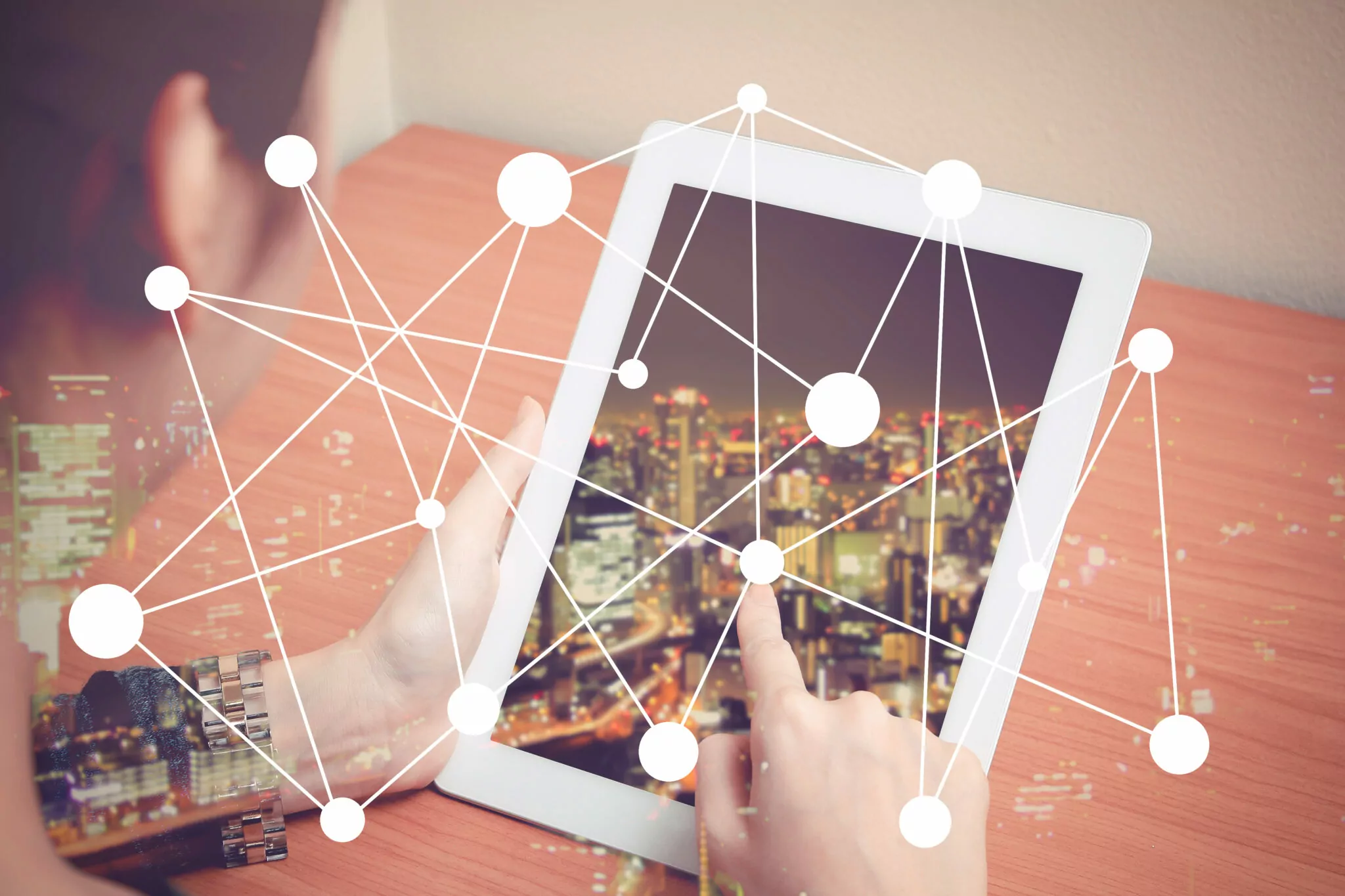
AI-Driven Approaches to Accelerate Internal Career Progression
The utilisation of artificial intelligence (AI) to aid recruitment through predictive analytics is finding increased adoption in several organisations. This technology assists recruiters with automated recruiting processes, from talent identification to analysing candidate behaviour. AI applications enable companies to select the most suitable individuals for their business needs and work culture. By using advanced AI recruitment software, recruiters can enhance the quality of their hires.
Organisations do not necessarily need to source suitable talent externally all the time. It is possible to find and nurture existing employees for different roles. This process, called internal mobility, facilitates career growth and advancement opportunities for employees within an organisation. This can involve moving employees across teams, departments, or even geographical locations to match their skills and career goals with the organisation’s needs. Internal mobility programs help retain top talent, improve employee engagement and job satisfaction, and ensure a more skilled and motivated workforce. These programs are particularly important in today’s job market, where employees seek career development opportunities and are more likely to stay with companies that offer such growth.
Platforms such as HirePro have developed a plethora of AI-powered applications that can help execute internal mobility programs across IT giants and blue-chip organisations.
Let us take a look into how the use of AI powered applications can drive internal mobility.
AI-powered skill assessments for talent shortlisting
By utilising AI-powered skill assessments, recruiters can accurately identify the skill sets and competencies that employees possess or have developed during their tenure. This provides opportunities for growth and career development within the organisation. Additionally, AI-powered systems can facilitate employee promotions by identifying and matching their skills and experiences to new roles. This can include moving part-time employees to full-time positions.
Moreover, AI-powered systems can provide recruiters accurate information about potential hires and offer transparency to employees who are seeking a shift from their current roles. These advancements in talent sourcing and screening procedures simplify the recruitment process for organisations.
Personalised learning and development for grooming employees for specific roles
AI-powered applications can provide personalised learning and development opportunities to employees, helping motivate them to acquire new skills and knowledge. However, it is important to note that every employee is unique and requires a tailored approach to their learning and development.
To address this, AI-enabled systems can analyse employee learning profiles using various data sources and predictive tools. Once gaps are identified, HR teams can adapt their training approach to fill these knowledge gaps. AI-moderated learning tools can then personalise the training required, tracking and identifying the learning styles of each employee to optimise their learning experience for the best results. This can lead to improved retention, higher engagement, and a higher quality workforce.
Additionally, AI-enabled devices can help ensure that recruitment processes adhere to the principles of diversity, inclusion, and equality, providing a level playing field for all employees. This can help to create a more equitable and diverse workplace.
Facilitate talent matching
AI tools can facilitate the talent matching process, enabling hiring managers to identify and unlock the potential of existing employees. This opens up positions for both lateral and vertical movement within the organisation.
Through AI-powered systems, recruiters can sustain internal candidate engagement and motivate employees to grow in their careers. The full customisation of the internal movement of employees through AI tools can seamlessly integrate with existing internal job boards. This enables talent acquisition teams to easily match positions with current employees and invite them to apply, while digitally moderated systems provide high visibility and encourage employees to take on challenging roles.
Furthermore, talent rediscovery software can provide hiring executives with employees who were previously not selected, and help plan training modules for those who need to upskill themselves to qualify for higher positions. By utilising these AI-powered tools, organisations can better align their employees’ skills and aspirations with the needs of the business, while also creating opportunities for growth and career development.
The use of predictive analytics for career planning
AI-powered predictive algorithms suggest career paths for employees and motivate them to think out of the box. These also emphasise determinant factors such as an employee’s ability to succeed and settle into the new position, ability to lead a team, problem solving, navigating through volatile business environments, minimising conflicts and applying tools and methodologies for the optimum growth of business. Since each role or position is unique in its specificities, using these tech-enabled predictive analytical systems helps to determine in advance the suitability of the hire.
AI moderated tools can help in identifying skill gaps too. With the help of these tools employees can reinvent themselves and be prepared to face challenges.
AI-augmented solutions for potential assessment can enhance the validity and efficiency of employee evaluations by utilising predictive analytics, ensuring the reliability of cognitive skill assessments, improving sensitivity in identifying the best candidates for a given role, and promoting a bias-free approach for fairness. By utilising AI-powered systems, organisations can optimise the potential of their existing employees and successfully implement internal mobility programs.
References:
- https://hirepro.in/resources/blogs/how-ai-is-changing-the-recruitment-experience
- https://hirepro.in/resources/blogs/will-ai-take-over-job-interviews-in-the-future
- https://hirepro.in/resources/blogs/ai-the-future-of-applicant-tracking-systems
- https://hirepro.in/resources/blogs/ai-the-solution-to-new-age-onboarding
- https://hirepro.in/resources/blogs/how-ai-is-changing-the-world-of-hiring
- https://hirepro.in/products/hirepro-proctoring/
